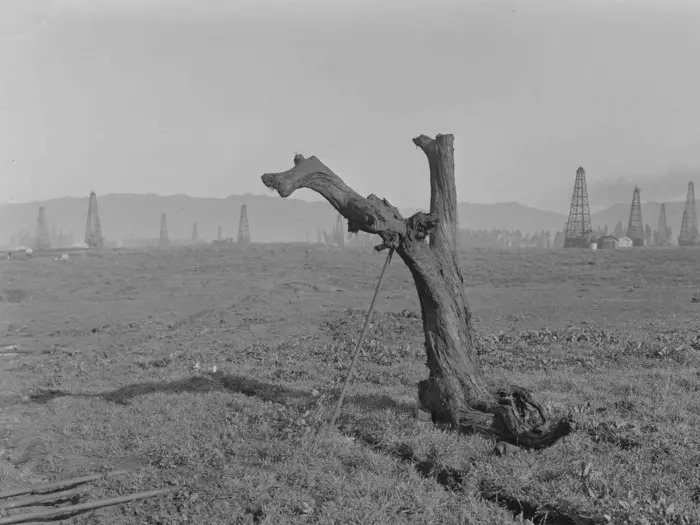Lower Hybrid Current Drive System at Fusion Technology Research Facility Successfully Clears Acceptance Test
- Ritambhara K

- Jun 24
- 2 min read

On June 18, the Lower Hybrid Current Drive (LHCD) system—a vital component of the Comprehensive Research Facility for Fusion Technology (CRAFT)—successfully completed expert evaluation and received official approval, marking a key achievement for the project.
Developed by scientists at the Hefei Institutes of Physical Science under the Chinese Academy of Sciences, the LHCD system has now been fully localized, with all parts produced domestically.
As one of CRAFT’s 19 core subsystems, the LHCD is crucial to cutting-edge fusion research. It enables the generation and sustainment of toroidal plasma currents in tokamak reactors, helps control current profiles, heats plasma electrons, facilitates current ramp-up, suppresses edge-localized modes, and improves heat distribution on the divertor.
Researchers overcame several significant technical hurdles in the process, including designing antennas suited for fusion environments, ensuring low-loss power transmission over long distances, and guaranteeing the system's safe and stable operation.
READ ALSO: The IDS NXT Oslo, equipped with IP69K-rated protection, strengthens the IDS AI camera portfolio.
READ ALSO: Toyota Develops New Fuel Cell System
“We’ve accomplished all the key technical objectives,” stated Prof. LIU Liang, the project’s lead. “This includes achieving a center frequency of 4.6 GHz, generating up to 4 megawatts of microwave power, sustaining stable pulse operation for over 100 seconds, completing the design of a reactor-compatible antenna, and making significant breakthroughs in long-distance low-loss power transmission, mode conversion, and ensuring safe and reliable system performance.”
Working closely with domestic collaborators, the team also developed core components such as a 500-kilowatt klystron and a 500-kilowatt circulator. These technologies have promising applications beyond fusion, including in microwave heating, wireless communications, healthcare, and electronics engineering.
The successful validation and acceptance of the LHCD system lay a strong groundwork for advancing next-generation radio-frequency heating technologies in future fusion reactors.



Comments